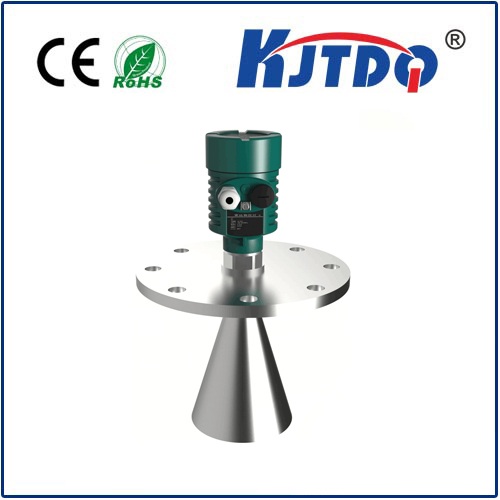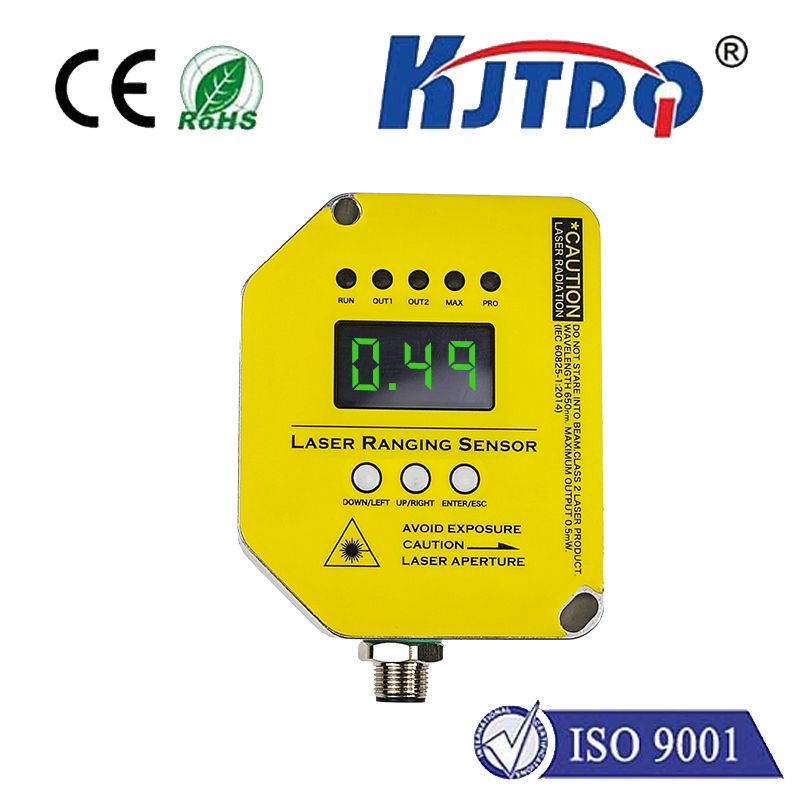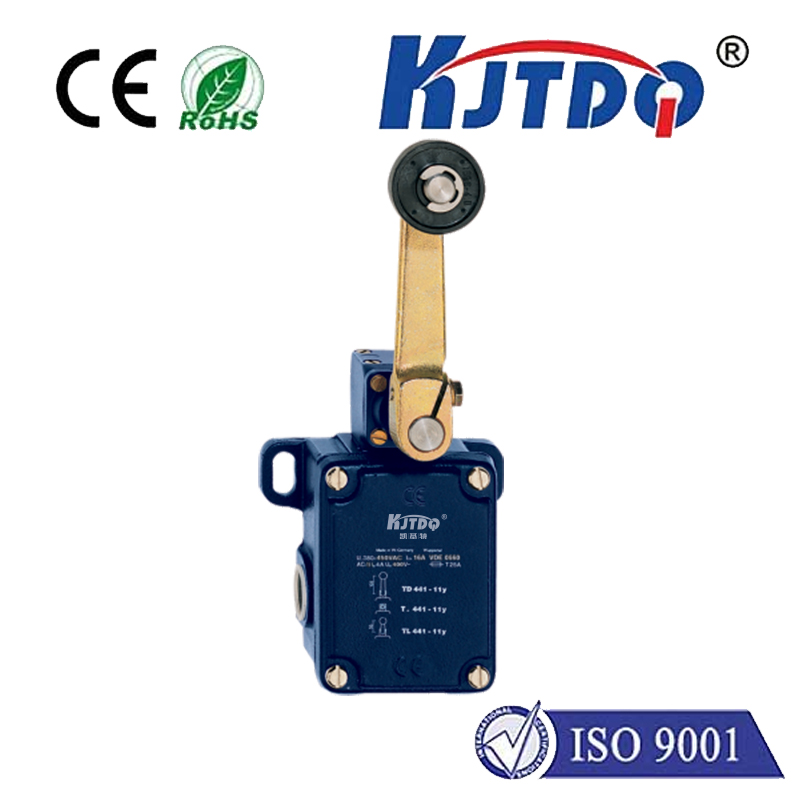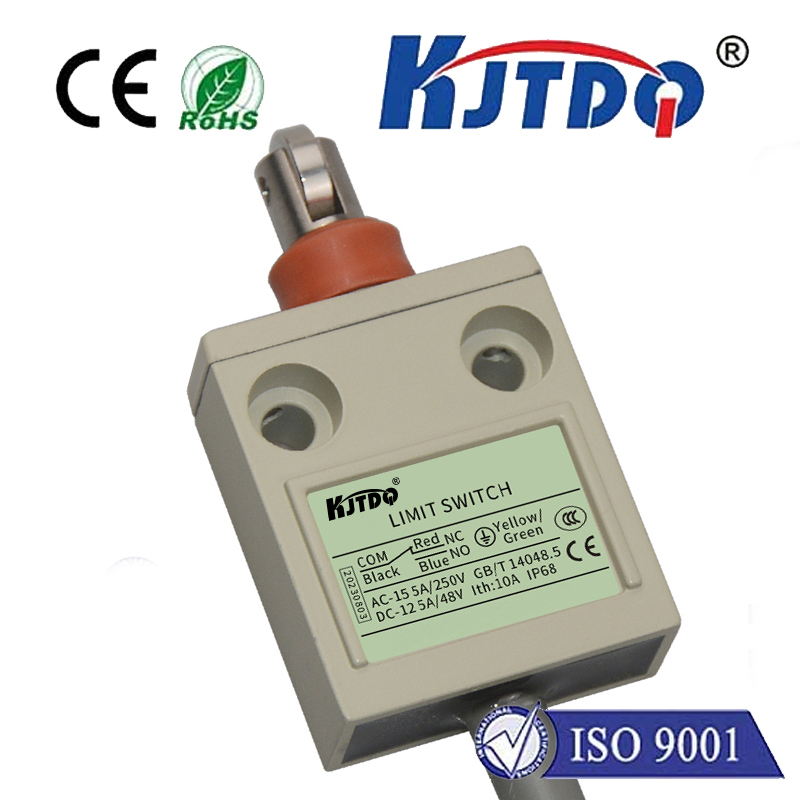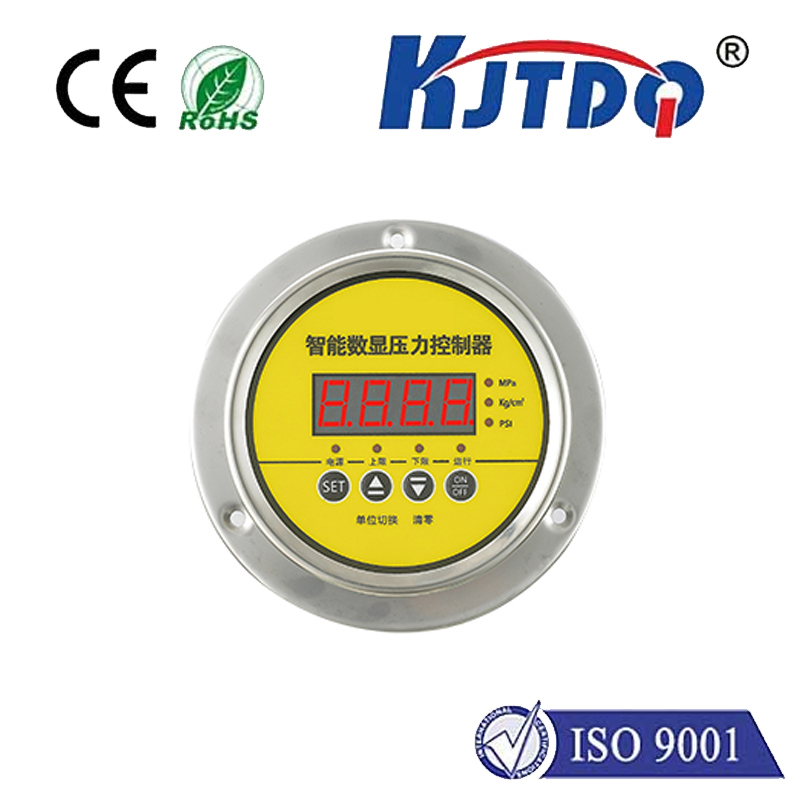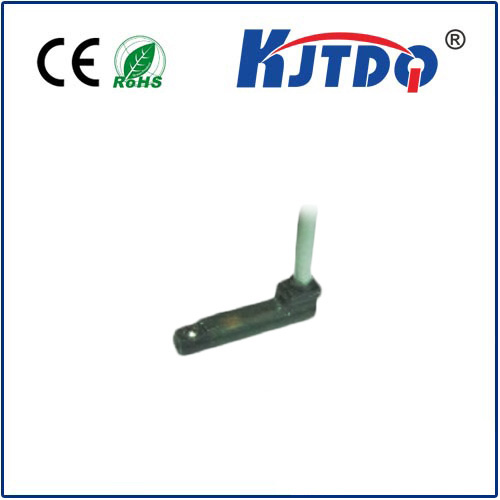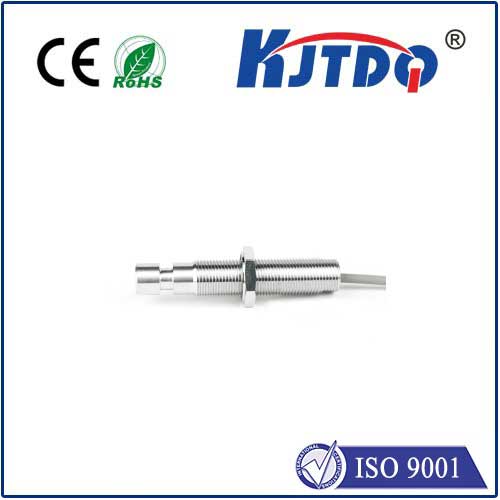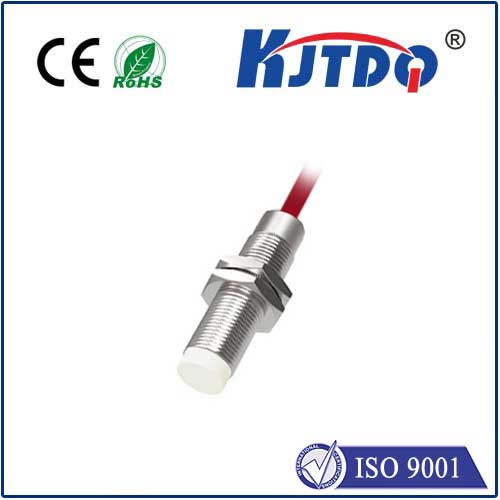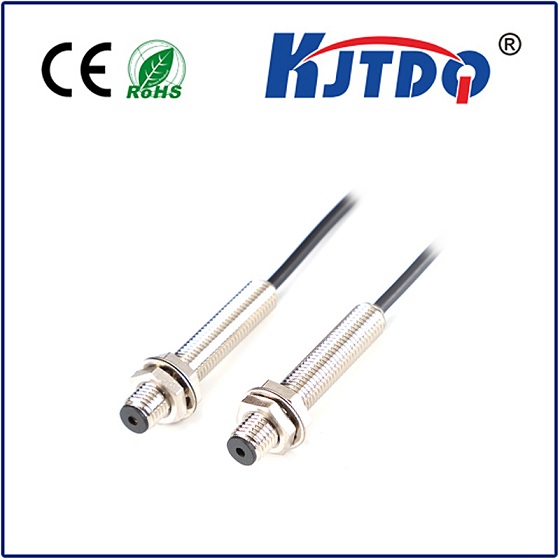

check

check

check

check

check

check

check

check

check

check
The development of autonomous driving technology has been a long journey, with numerous challenges along the way. One of the key components that have significantly impacted this field is the reflective proximity sensor. This device plays a pivotal role in enabling safe and efficient navigation for self-driving cars. In this article, we will delve into the importance of reflective proximity sensors in enhancing autonomous driving capabilities and their potential impact on the future of transportation.
The Significance of Reflective Proximity Sensors in Autonomous Driving
Autonomous driving relies heavily on various sensors to perceive and interpret their environment accurately. Among these sensors, reflective proximity sensors are particularly crucial in detecting objects and obstacles in real-time. These sensors use light reflection to detect the distance between the car and nearby objects, providing valuable information to the car's navigation system.
One of the main advantages of reflective proximity sensors is their high accuracy in detecting objects at varying distances. Unlike traditional radar or ultrasonic sensors, which can suffer from occlusion or interference from other objects, reflective proximity sensors can work effectively even in challenging environments with complex reflections. Moreover, these sensors are less susceptible to electromagnetic interference, making them ideal for use in autonomous vehicles.
Another important aspect of reflective proximity sensors is their ability to detect both stationary and moving objects. This versatility allows self-driving cars to navigate safely around pedestrians, cyclists, and other vehicles, reducing the risk of accidents. Additionally, reflective proximity sensors can provide valuable data on the vehicle's speed and direction, enabling more precise control over its movements.
Potential Impact on Autonomous Driving Technology
The integration of reflective proximity sensors into autonomous vehicles has already had a significant impact on their capabilities. These sensors have enabled self-driving cars to navigate complex environments, such as intersections with heavy traffic or poorly lit areas, with greater ease and safety. By accurately detecting objects and obstacles in real-time, these sensors have reduced the likelihood of collisions and improved overall road safety.
Furthermore, the development of more advanced reflective proximity sensors is paving the way for even greater innovation in autonomous driving technology. For example, some researchers are exploring the use of multiple sensors, including cameras and lidar, alongside reflective proximity sensors to provide a more comprehensive view of the vehicle's surroundings. This multi-sensor approach could enable even safer and more efficient autonomous driving systems in the future.
Conclusion
The reflective proximity sensor has emerged as a critical component in enhancing autonomous driving capabilities. Its accuracy, versatility, and ability to detect both stationary and moving objects have made it an indispensable tool for self-driving cars. As research continues to refine these sensors and explore their potential applications, we can expect to see even greater advancements in autonomous driving technology in the coming years. The future of transportation is undoubtedly exciting, and reflective proximity sensors are playing a vital role in shaping it.
